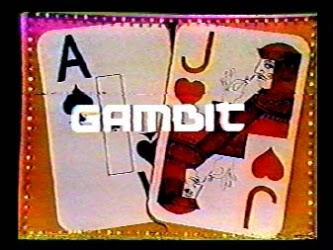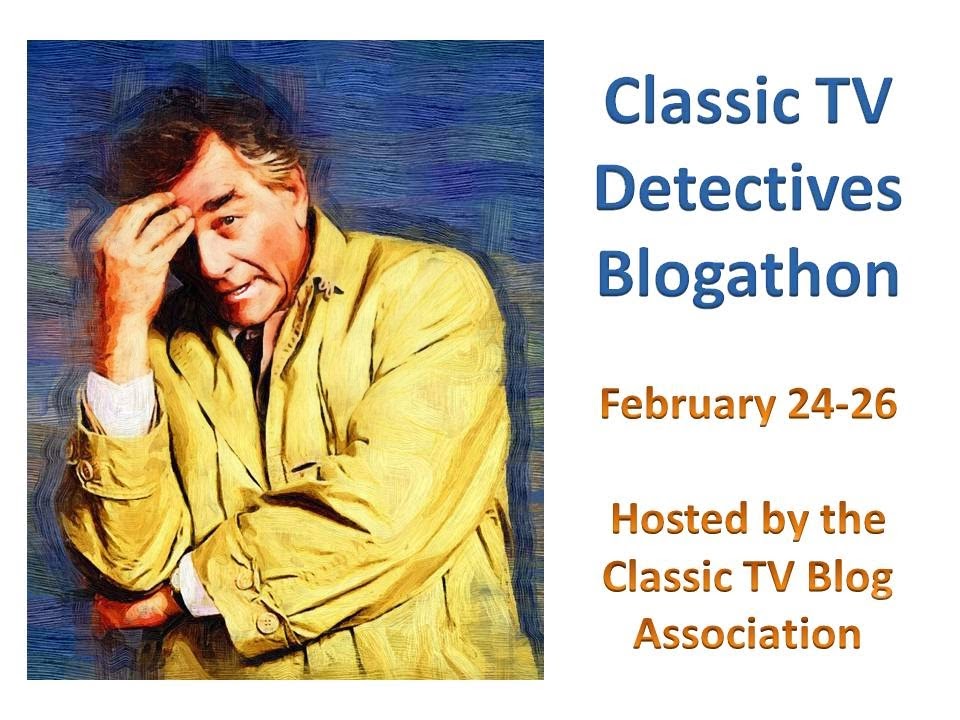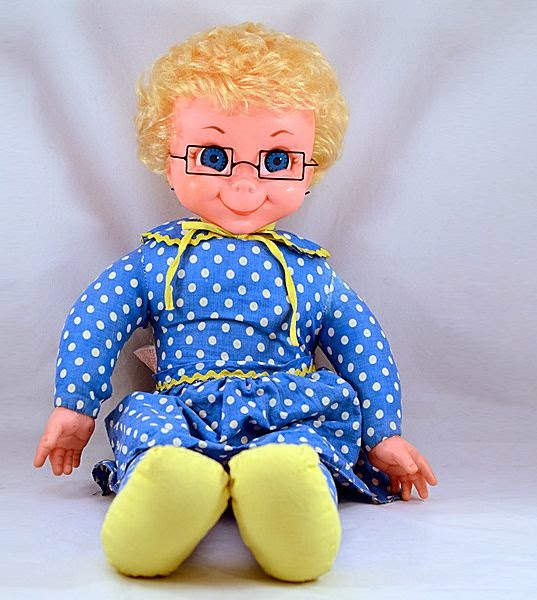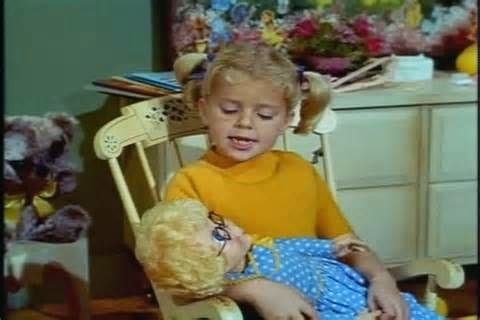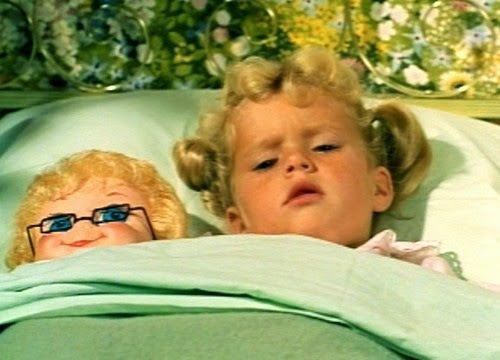The end of Thanksgiving heralds the beginning of my Christmas television season.
The lineup and viewing order vary from year to year. Between my DVD library and programs accessed by other means, I probably have anywhere from 60 to 75 holiday episodes to choose from. Some are annual viewing; others are pulled out occasionally, and many are skipped altogether. The Many Loves of Dobie Gillis is a wonderful series I’m glad to own, but in four seasons they didn’t manage one memorable Christmas show.
This list contains the episodes that are essential to my Christmas celebration. Please share your favorites in the comments if you’re so inclined.
And if you’d like to know more about Christmas TV the universally-recognized authority is Joanna Wilson, who has a blog devoted to this particular topic, and whose books on Christmas television I cannot recommend highly enough.
The Avengers (“Too Many Christmas Trees”)
Steed has Santa-themed nightmares, which come to life at a Charles Dickens-inspired Christmas party. The dialogue sparkles as it usually does with this show (Steed on Emma’s friendship with a rare book dealer – “Is he still after your first edition?”), and there’s a clever reference to Steed’s previous partner, Cathy Gale.
The Lucy Show (“Together for Christmas”)
Lucy and Viv look forward to their first Christmas together, until they discover that their respective holiday traditions couldn’t be further apart. Anyone with in-laws can relate.
Dragnet (“The Christmas Story”)
Friday and Gannon try to track down a missing statue of the baby Jesus, stolen from a church’s Nativity scene. Turns out the culprit is a little boy who prayed for a red wagon for Christmas, and promised Jesus the first ride. “Paquita’s family, they’re poor,” explains the priest in the last scene. Friday looks around the church and responds, “Are they, Father?” Good luck finding that kind of message on TV anymore.
The Monkees (“The Christmas Show”)
The Monkees baby-sit a spoiled rich kid (played by The Munsters’ Butch Patrick) over the holidays. The episode is just fair, but it closes with the band performing a superb a cappella version of “Riu Chiu,” a Spanish carol that dates back to the 1500s.
The Donna Reed Show (“A Very Merry Christmas”)
Donna worries that Christmas is not what it used to be (in 1958!) but finds the true spirit of the season in a hospital janitor who arranges a Christmas party in the children’s ward. Silent screen legend Buster Keaton plays the janitor. A beautiful and heartwarming episode typical of both the series and its era.
The Dick Van Dyke Show (“The Alan Brady Show Presents”)
All singing, all dancing, all wonderful – except for Richie’s off-key warbling of “The Little Drummer Boy.” What did we do before fast-forward buttons on remotes?
Petticoat Junction (“Cannonball Christmas”)
Railroad executive Homer Bedloe (Charles Lane, TV’s go-to curmudgeon) tries to shut down the Cannonball but is outsmarted by Kate Bradley and her daughters. The show ends with the train, decorated for the holidays, riding through Hooterville to the strains of holiday music.
The Patty Duke Show (“The Christmas Present”)
Cathy is convinced that her father, a foreign correspondent, will be home to spend Christmas with her, even though newspapers report he’s been jailed after a revolution on the other side of the world. Will he make it in time? Of course he will – what classic TV show would dare to run a depressing Christmas episode? Yeah, I’m looking at you, Family Affair.
Cathy is convinced that her father, a foreign correspondent, will be home to spend Christmas with her, even though newspapers report he’s been jailed after a revolution on the other side of the world. Will he make it in time? Of course he will – what classic TV show would dare to run a depressing Christmas episode? Yeah, I’m looking at you, Family Affair.
The Brady Bunch (“The Voice of Christmas”)
No surprise to see this one on the essential list: Cindy asks Santa to restore her mother’s laryngitis-stricken voice in time for her church solo. Remember when TV characters actually went to church?
That Girl (“’Twas the Night Before Christmas, You’re Under Arrest”)
After one of those misunderstandings that only happen on sitcoms, Ann and Donald spend Christmas Eve in jail.
Wings (‘The Customer’s Usually Right”)
There were six Wings holiday episodes and I usually watch all of them.
My favorite is this one from season four, in which Joe’s refusal to pay a 50-cent rewind fee on a rented videocassette gets a sweet little old lady fired on Christmas Eve. His attempts to make amends lead to unexpectedly hilarious complications.
Father Knows Best (“The Christmas Story”)
Determined to celebrate the holiday right, Jim drags his family up to the mountains so they can cut down their own Christmas tree. His plan goes awry when the car gets stuck in a snowdrift, and they are forced to seek shelter in an abandoned fishing lodge. The ending, when Kathy thinks she sees Santa Claus out her window, is magical.
The Bob Newhart Show (“Bob Has to Have His Tonsils Out, So He Spends Christmas Eve in the Hospital”)
The title says it all. Bob is subjected to the indignities of peekaboo hospital gowns, Howard’s hospital horror stories, and an ancient nurse played by the veteran character actress Merie Earle, who gets a laugh with every line she utters. But then you can’t go wrong with any of the Newhartholiday shows.
The Partridge Family (“Don’t Bring Your Guns to Town, Santa”)
This was a favorite episode among most of the cast, and while I like it I don’t love it. I wish there would have been a full performance of “Winter Wonderland,” or better yet “A Christmas Card to You.” But the costumes are beautiful, and with every passing year I am moved more by the poignancy of Dean Jagger’s lonely prospector.
The Adventures of Ozzie & Harriet (“The Girl in the Emporium”)
Ricky and his friend Wally get jobs at a department store to make some extra holiday money – and to hit on a cute sales clerk. I think I watch this one every year just for Ricky Nelson’s Kingfish (from Amos & Andy) imitation near the end. It never fails to make me laugh.
The Mary Tyler Moore Show (“Christmas and the Hard Luck Kid”)
If you’re a classic TV fan you are already picturing Mary’s desk, decorated for the holidays (with Nativity scene in the desk drawer). This is another personal favorite – one year I am definitely going to gift-wrap my front door like she does in this episode.
Eight is Enough (“Yes, Nicholas, There is a Santa Claus”)
Will Geer plays a down and out man who convinces Nicholas he is Santa Claus, and then steals all the Bradford Christmas presents. Really, Nicholas? Even Nancy wouldn't have fallen for that. Still, it’s a fun two-part show with an unexpectedly powerful ending.
The Flintstones (“Christmas Flintstone”)
I love the look of this episode. The deep blues, reds and whites in the color palette are a striking change from the earth tones that permeate most Flintstones shows. The songs are silly but still memorable, and the Pebbles dolls are an amusing example of not-too-subtle product placement.
Bewitched (“A Vision of Sugar Plums”)
Glee (“A Very Glee Christmas”)
This is the only contemporary show on my list, but it feels retro because of the wonderful covers of “The Most Wonderful Day of the Year” from Rudolph the Red-Nosed Reindeer and two songs from The Grinch that Stole Christmas. 




















